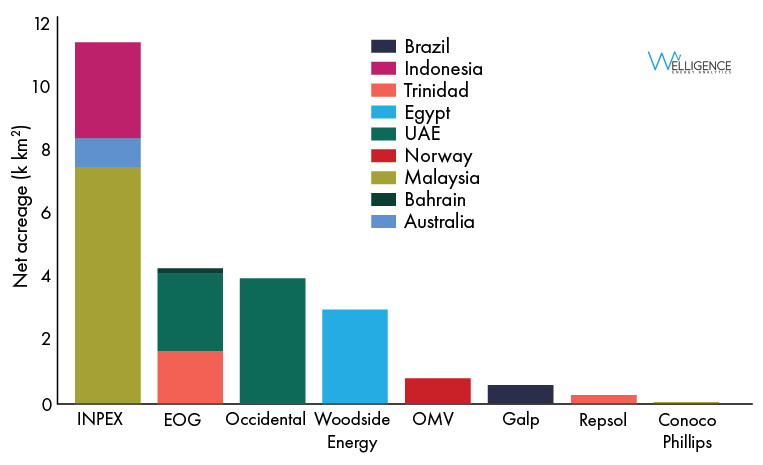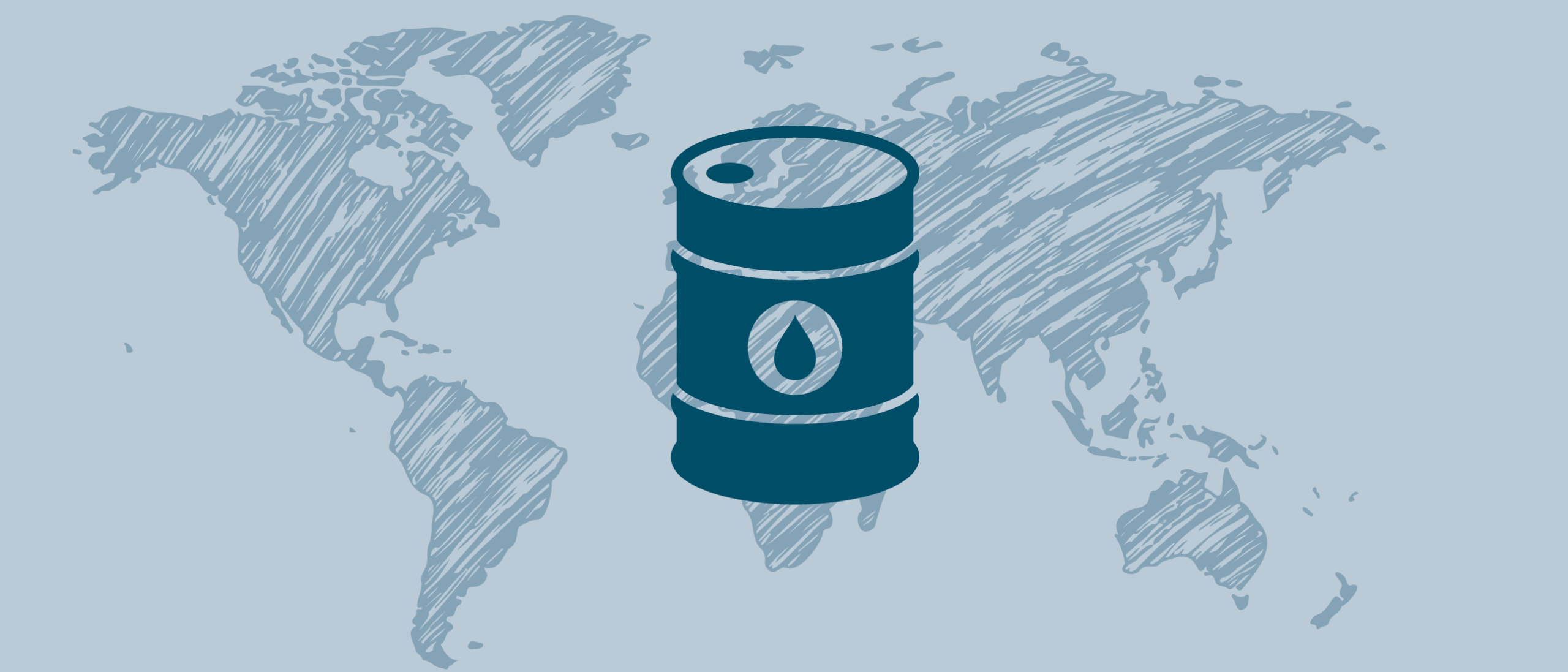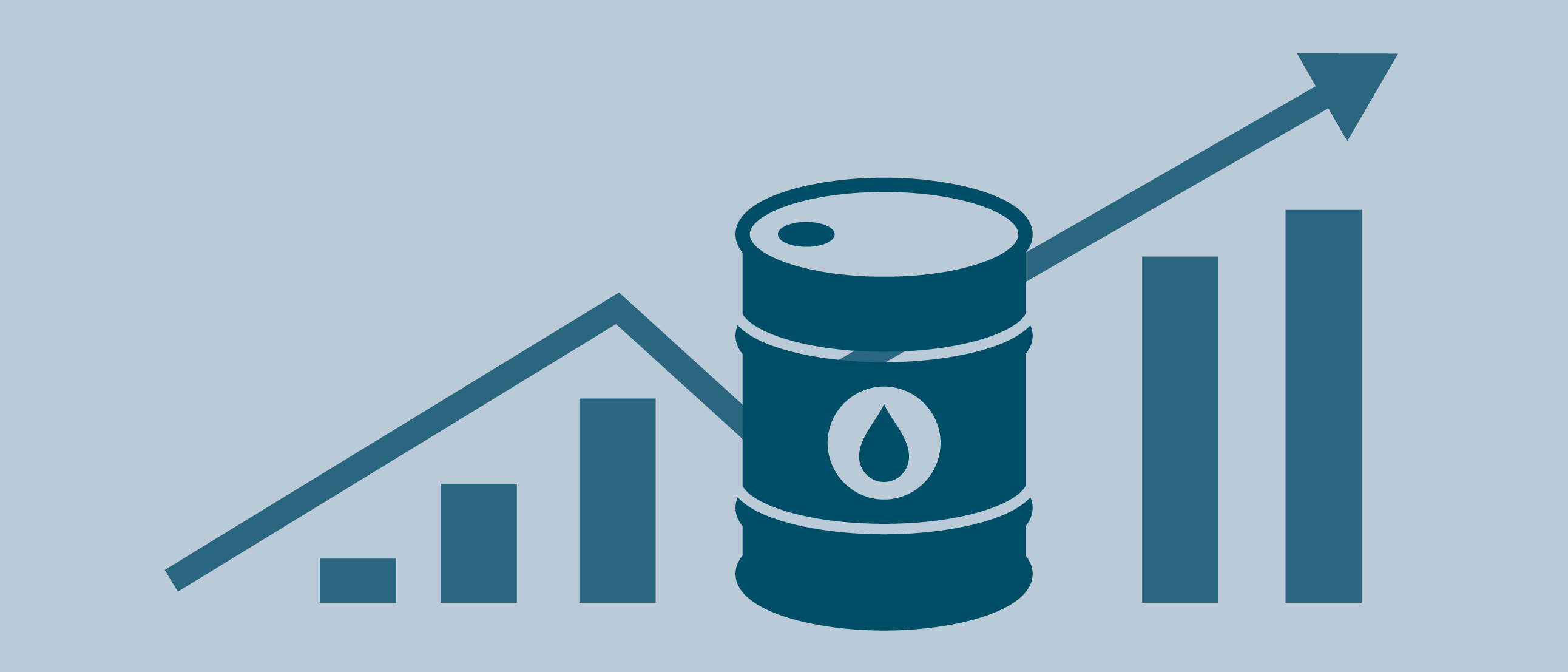The group of large international E&Ps has been steadily shrinking. Over the past five years, companies in the peer group, including Noble Energy, Marathon, and Hess, have been acquired. These companies were active explorers and were responsible for some high-profile discoveries. Others in the group, such as ConocoPhillips, Occidental, OMV, and Repsol, scaled back on high-impact exploration. This has raised concerns about a growing lack of technically capable E&Ps with exploration expertise, particularly in the deep-water space.
At the same time, the exploration outlook for the peer group is beginning to shift with acreage reloading taking place amongst some in response to the pipeline of projects becoming weak. But will the exploration reloading translate to an uptick in exploration by the peer group in the coming years?
Growth hoppers getting weak
Most in the peer group now lack strong international growth hoppers, which limits the scope for further acquisitions or broader consolidation. For those looking to remain in the E&P business, the return to exploration is therefore increasingly inevitable. Inorganic growth will still be pursued, but the acquisition options are increasingly few and far between, particularly for those looking to grow in the gas and deep-water space.
Who is on the front foot with exploration reloading?
The good news is that some of the large international E&Ps are beginning to rethink their exploration strategies. INPEX, the Japanese E&P company, has been the most active in Southeast Asia. US shale specialist EOG is continuing to explore international expansion opportunities, picking up acreage this year in Bahrain and UAE. Galp from Portugal picked up acreage in the recent licensing round in Brazil. In addition, the energy transition narrative of the other European internationals is also changing when it comes to doing exploration.

What is the drilling outlook?
Despite the increased appetite of some companies to do exploration, we believe drilling in the next 18 months by the peer group will remain measured. Prospect inventories need to be worked up, and, for some, exploration and new ventures teams will need to be grown first. But some in the group have high-profile wells to watch in the next 24 months, most notably Galp and INPEX.
Galp has been the most successful in the peer group with its drilling campaign offshore Namibia. Its Mopane find is estimated to hold around a billion boe of recoverable resources, and the Portuguese E&P company will be looking to replicate this success with its planned campaign offshore São Tomé next year.
Regardless of the near-term outlook for the peer group, the industry consensus is that exploration is still required to meet long-term oil demand, and we believe the large internationals are the key group outside the majors that can move the needle with high-impact exploration.


